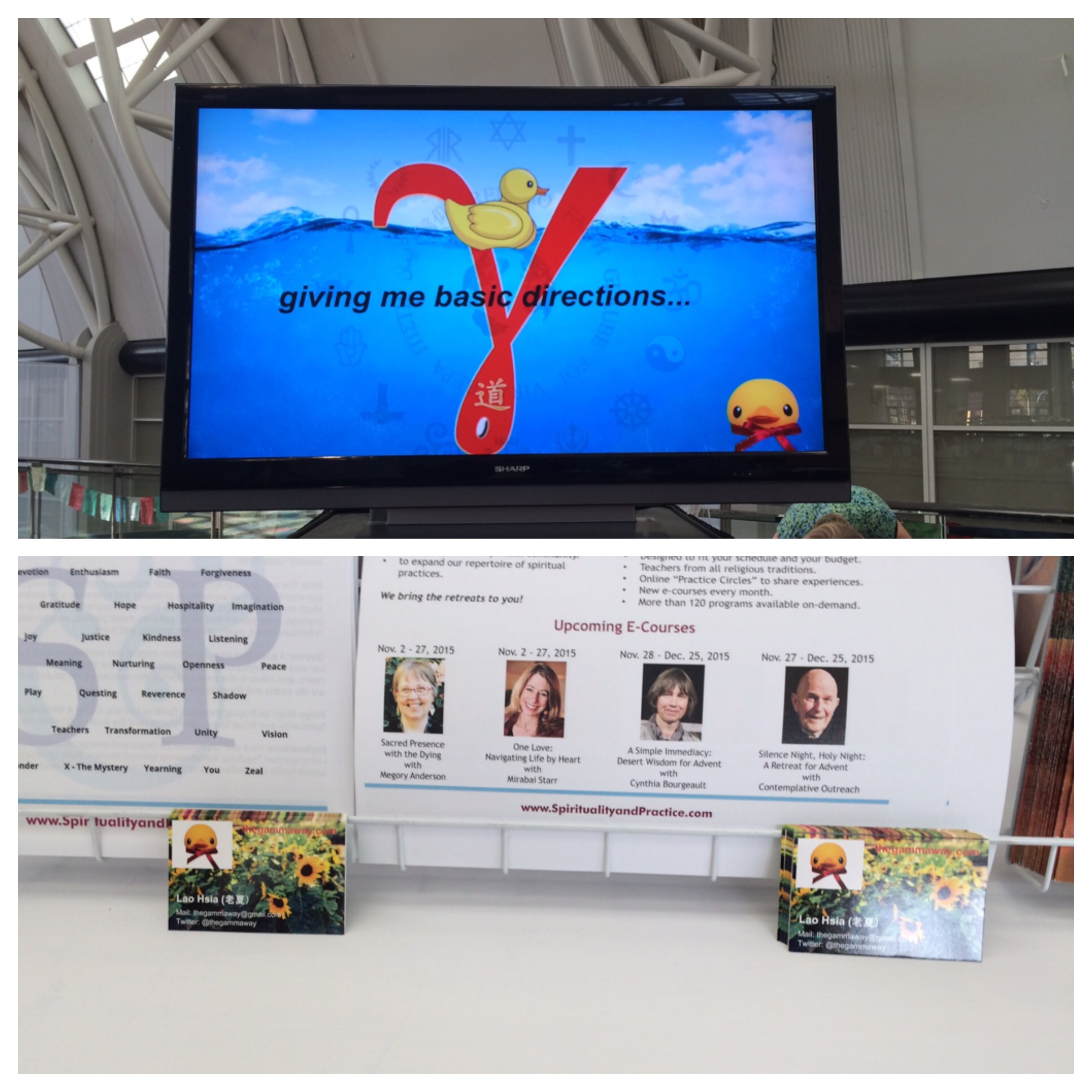How to read sacred texts? Whether you believe in them or not, reading sacred scriptures requires some skill. Not an expert myself, last week two writers on religious thought made it clear to me that the need for this skill may be higher than ever before. It made me think that imaginary “gamma glasses” may be a useful companion to these scriptures, especially for beginners.
“Vacuous literalism” (Maajid Nawas)
Concerned with the rise of extremism, I read “Islam and the future of tolerance” a dialogue between Sam Harris and Maajid Nawaz. Nawaz, former Islamist radical and now advocate for a moderate Islam, stresses in this book that in order to interpret any text one must have a methodology.
According to him the rise of the internet has facilitated “populist” interpretations of Islamic texts. He calls this “vacuous literalism”, a method that accepts a holy text word for word, without bothering at all about contradictions within the text.
Unparalleled literalness (Karen Armstrong)
A few days later I heard Karen Armstrong saying something similar in Salt Lake City at the Parliament of the World’s Religions in a video stream of a session with the ominous title “Killl them (Qu’ran), Do Not Spare Them (Torah), and Cast Them Into Everlasting Fire (New Testament)”.
Representing the Christian tradition Armstrong said that “we are reading our scriptures these days with a literalness that has no parallel in the history of religion.”
She went on to talk about Augustine of Hippo (354-430) who was convinced that all scripture should teach only charity. “If a scriptural text seemed to preach hatred, you had to find an allegorical interpretation and make it speak of charity”.
She reminded that Origen (184-254), one of the first Christian exegetes, had already concluded that you cannot take Bible texts literally, because they are so contradictory. Origen introduced “a method whereby you interpreted scripture in four different ways, starting with the plain text, then moving on to the allegorical text, the moral text and finally the mystical text”.
Is true reading even possible?
Maajid Nawas refers in his dialogue to the essay “Meaning and Understanding in the History of Ideas” of Quentin Skinner. In this essay Skinner addresses “the danger in assuming that there is ever a true reading of texts and asks the question: does any piece of writing speak for itself? Or do we impose certain values and judgements on that text when interpreting it?”
Personally I think this is inevitable. We always bring our own sensitivities into the texts we read, whether we are conscious of this or not. Our own experiences are also necessary, because they enable us to relate or identify ourselves with a text.
“Gamma glasses”
It is often said that reading, especially reading of literature, increases our empathic capacities. We can ask ourselves how many people are still influenced by this positive effect. Probably a lot of inexperienced readers nowadays turn directly to holy scriptures.
Therefore imaginary “gamma glasses” could be a great companion. How does this work?
Imagine that you put these “gamma glasses” on and start to read the scriptures from a perspective of gratitude and with only one objective in mind: to become more compassionate. Then consider carefully how to apply what you have learned in just proportion.
These “gamma glasses” will, as glasses always do, at least correct some shortsightedness.
If you do this consciously, there is another advantage: as long as you are aware that you are wearing imaginary glasses, you also know that you are not necessarily reading the truth.
“Gamma glasses” are a bit like coloured glasses that make you read with a rosy view.
They may not help to find the “truth” in sacred scriptures, but they certainly can show you their true colours.

